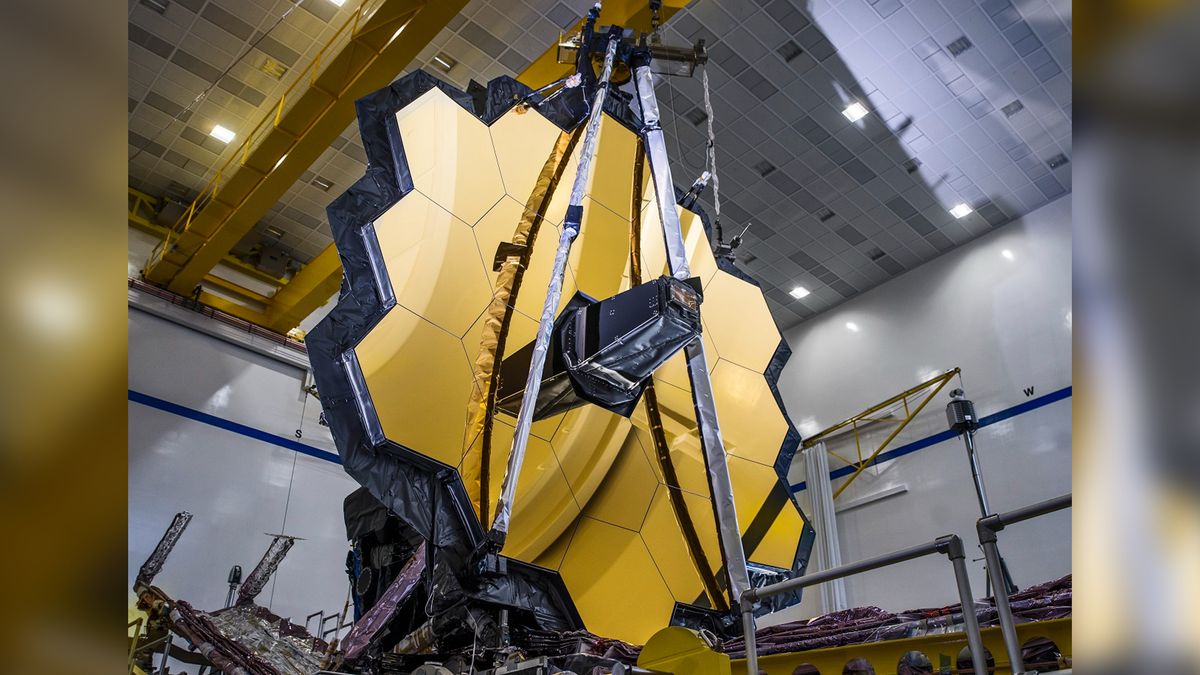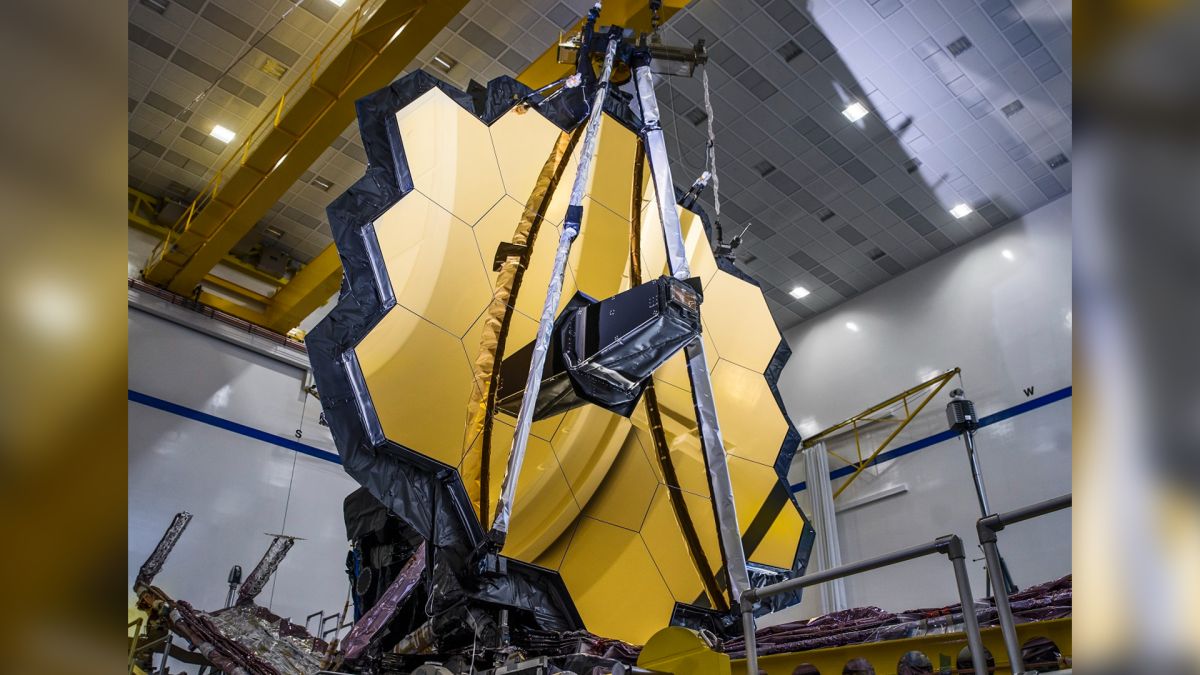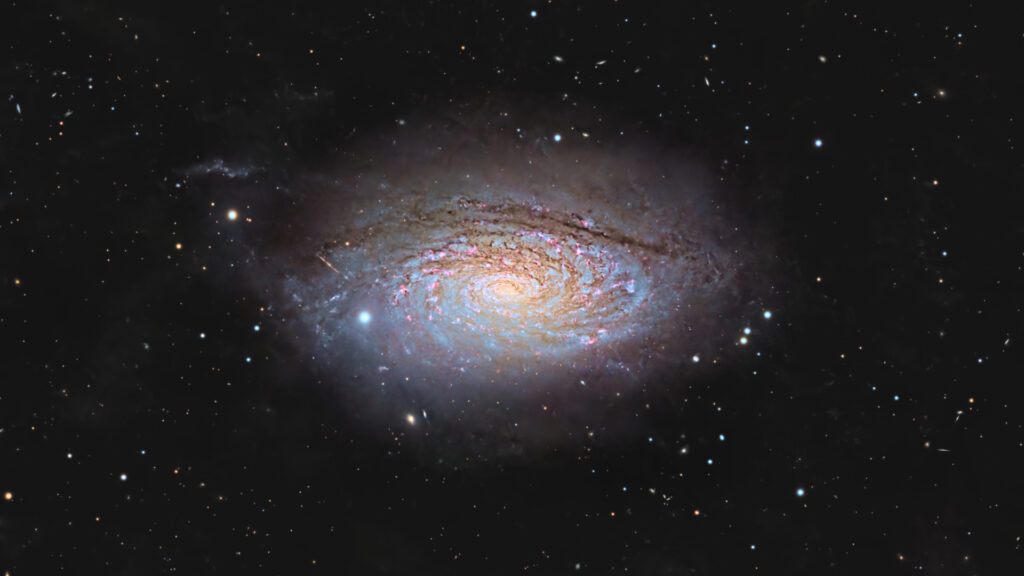
Just weeks after the excitement of launch, the James Webb Space Telescope is already seeking focus in space.
Engineers are beginning alignment procedures for the recently unfolded 18-segment massive golden mirror. The work will eventually get these individual reflectors working as a single focusing device, NASA officials wrote in a blog update posted on Wednesday (Jan. 12).
The procedure began with engineers commanding 132 actuators that will move and position the primary mirror segments and the secondary mirror, just to make sure everything was responded as expected. The team also ensured the actuators are working to guide Webb’s fine steering mirror, which will be used during the image stabilization process.
Live updates: NASA’s James Webb Space Telescope mission
In photos: The Christmas launch of NASA’s James Webb Space Telescope
The observatory team will spend about 10 days working to move the mirror segments out of their launch alignments, with more precise work continuing beyond that time.
The goal is to get all of Webb’s pieces working as a single observatory in space, which will be essential for the telescope’s ambitious agenda of telling us more about the early universe and the life history of various objects that are a part of it.
NASA estimates that all told, the alignment will take about three months, which should bring this work into mid-April as long as everything runs to schedule. Webb launched on Dec. 25 and may have enough fuel for 20 years of science thanks to the precision of the launch, but that all depends on the mirrors working properly.
“Ground teams have now begun instructing the primary mirror segments and secondary mirror to move from their stowed-for-launch configuration, off of snubbers that kept them snug and safe from rattling from vibration,” NASA said. “These movements will take at least ten days, after which engineers can begin the three-month process of aligning the segments to perform as a single mirror.”
Related stories:
Webb is still en route to a “parking spot” called Earth-sun Lagrange Point 2 (L2) about 930,000 miles (1.5 million kilometers) away from our planet. It will make an engine firing on Jan. 23 to glide toward that zone.
The next-generation telescope must complete about six months of commissioning activities, then will embark on a suite of early science programs this summer, spanning everything from studying exoplanets to probing the beginning of the universe.
Follow Elizabeth Howell on Twitter @howellspace. Follow us on Twitter @Spacedotcom and on Facebook.



